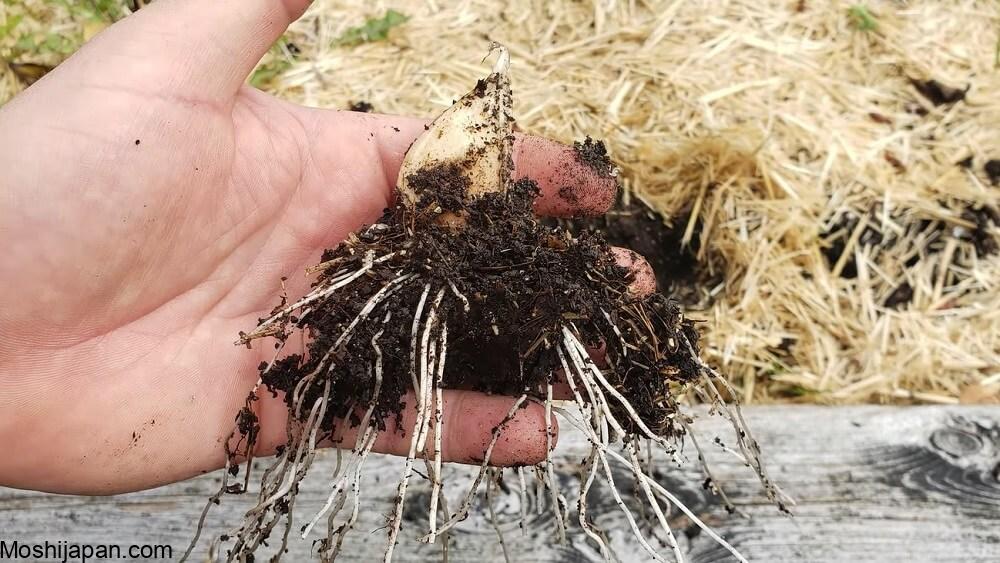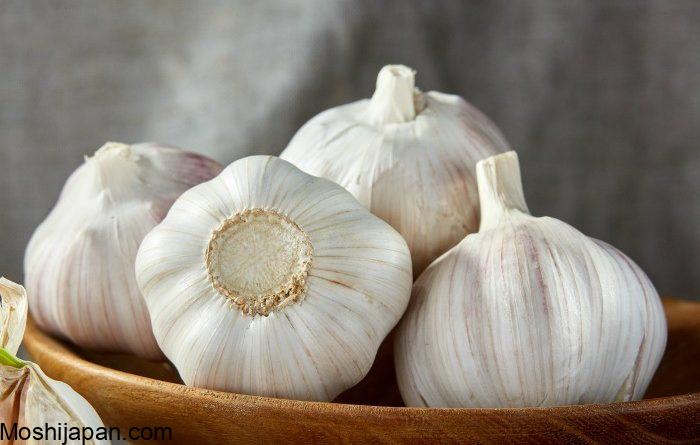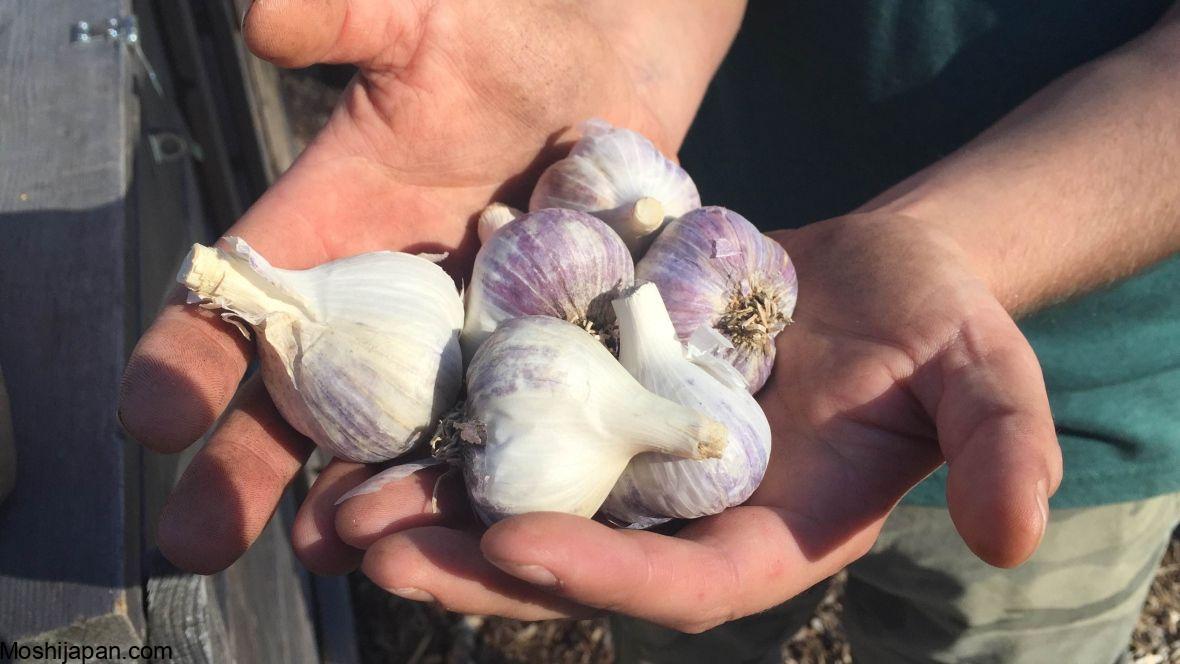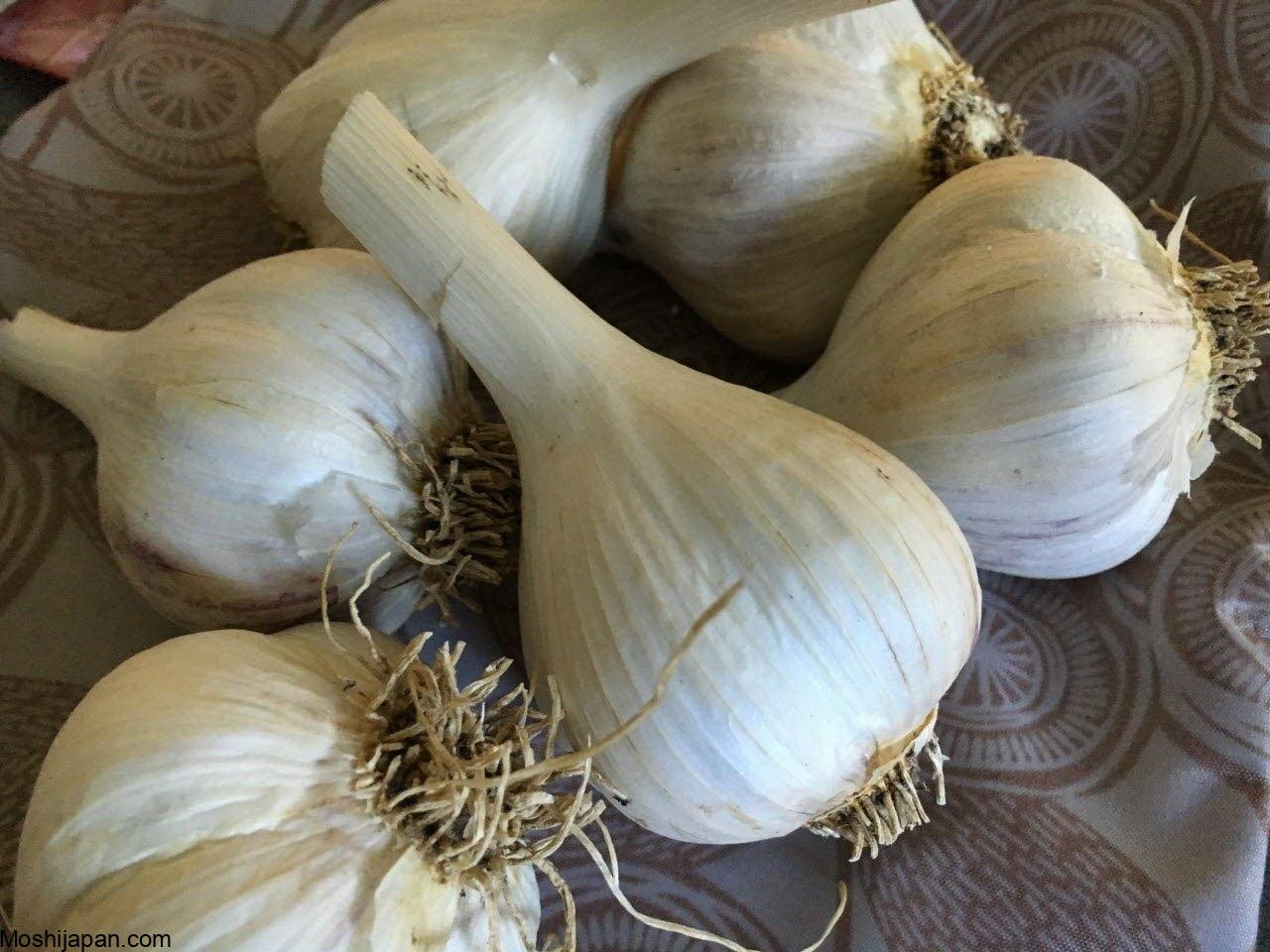When to Plant Fall Garlic For The Best Yields
Planting garlic in the fall can yield incredible results when it comes to the quality and quantity of your harvest. If you’re wondering when to plant fall garlic for the best yields, you’ve come to the right place. In this comprehensive guide, we will walk you through the process, step by step, to ensure that your garlic crop thrives and delivers an abundant harvest.
Choosing the Right Garlic Varieties

Before you start planting garlic in the fall, it’s crucial to select the right varieties. There are two main types of garlic: hardneck and softneck. Each has its unique characteristics and flavors. Hardneck garlic varieties are known for their robust and bold flavors, making them ideal for culinary enthusiasts. Softneck garlic, on the other hand, is easier to store and has a milder taste. To decide which one is best for you, consider your culinary preferences and storage capabilities.
When selecting a variety, it’s essential to choose ones that are well-suited to your growing region. Garlic varieties are adapted to specific climates, so researching which types thrive in your area will set you up for success. Popular garlic varieties for fall planting include ‘German Extra Hardy,’ ‘Inchelium Red,’ and ‘Chesnok Red.’
Prepping Your Garden Bed

Preparing the garden bed is a crucial step in ensuring the success of your fall garlic crop. Follow these steps for optimal results:
- Choose the Right Location: Garlic loves sunlight, so select a spot in your garden that receives at least six hours of direct sunlight daily. Ensure the soil is well-draining to prevent waterlogged roots.
- Improve Soil Quality: Garlic thrives in well-drained, fertile soil with a pH level of 6.0 to 7.0. Add compost or organic matter to enrich the soil and improve its texture.
- Fertilize Appropriately: Apply a balanced fertilizer before planting to provide your garlic with essential nutrients. Organic options like composted manure or bone meal work well.
Planting Garlic Cloves

Once your garden bed is ready, it’s time to plant the garlic cloves. Follow these steps for a successful planting process:
- Separate Cloves: Break the garlic bulb into individual cloves, ensuring they are firm and healthy. Avoid using damaged or shriveled cloves.
- Plant at the Right Depth: Plant the cloves about 2 inches deep, with the pointed end facing upward. Space them 4-6 inches apart in rows, leaving 12-18 inches between rows.
- Mulch for Protection: Cover the planted garlic with a layer of mulch to regulate soil temperature, prevent weeds, and maintain moisture levels.
Caring for Your Garlic

Garlic requires care throughout its growth cycle to ensure a bountiful harvest. Here are some essential tips for nurturing your fall-planted garlic:
- Watering: Keep the soil consistently moist but not waterlogged. Water deeply when necessary, especially during dry spells.
- Weed Control: Regularly remove weeds that compete for nutrients and sunlight with your garlic plants.
- Fertilizing: Side-dress your garlic with a balanced fertilizer in the spring to support its growth.
- Scaping: Hardneck garlic varieties produce scapes – curly green shoots – which should be removed to encourage bulb development.
- Harvesting: As summer progresses, you’ll notice the lower leaves turning brown. This is a sign that your garlic is ready for harvest, typically in mid-summer.
Storing Your Garlic Harvest

After harvesting your garlic, it’s crucial to store it properly to preserve its quality and flavor. Here’s what you need to do:
- Curing: Allow your harvested garlic to cure in a dry, well-ventilated area for about two to four weeks. This process helps the bulbs develop their characteristic flavors and makes them suitable for long-term storage.
- Trimming and Cleaning: Once cured, trim the roots and remove any excess dirt. Be gentle to avoid damaging the protective papery skin.
- Storage: Store your garlic in a cool, dark place with good air circulation. A mesh bag or a basket works well for keeping them fresh.
FAQ – Frequently Asked Questions
Q1. Can I plant garlic in the spring instead of the fall?
A1. While fall planting is recommended for most regions, you can still plant garlic in the spring. However, fall planting tends to yield better results as garlic requires a cold period to form bulbs.
Q2. How deep should I plant garlic cloves?
A2. Plant garlic cloves about 2 inches deep with the pointed end facing upward.
Q3. When is the best time to harvest garlic?
A3. Garlic is typically ready for harvest in mid-summer when the lower leaves turn brown.
Q4. Can I use store-bought garlic for planting?
A4. You can use store-bought garlic, but it’s best to purchase garlic specifically intended for planting, as it may yield better results.
Q5. Do I need to water garlic during the winter months?
A5. Garlic cloves need moisture during the winter to encourage root development, but you should reduce watering if the soil is consistently wet to avoid rot.
In conclusion, planting garlic in the fall is a rewarding endeavor that can lead to a bountiful harvest with robust flavors. By selecting the right garlic varieties, preparing your garden bed, and following the proper planting and care techniques, you’ll be well on your way to enjoying the fruits of your labor. So, don’t wait any longer – get your garlic cloves in the ground this fall for the best yields and a delicious addition to your kitchen.
tag
- chicken feed
- how to Keep Chickens Off Your Porch
- How to grow oyster mushrooms at home
- Growing Kale in Pots



0 Comments